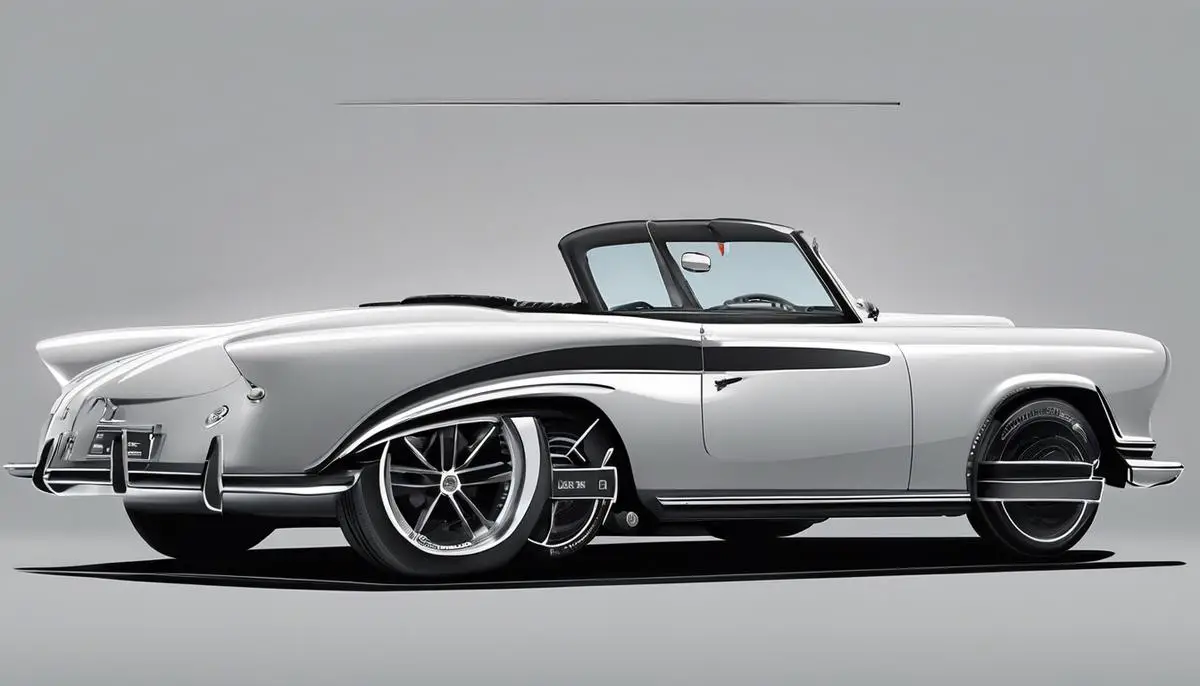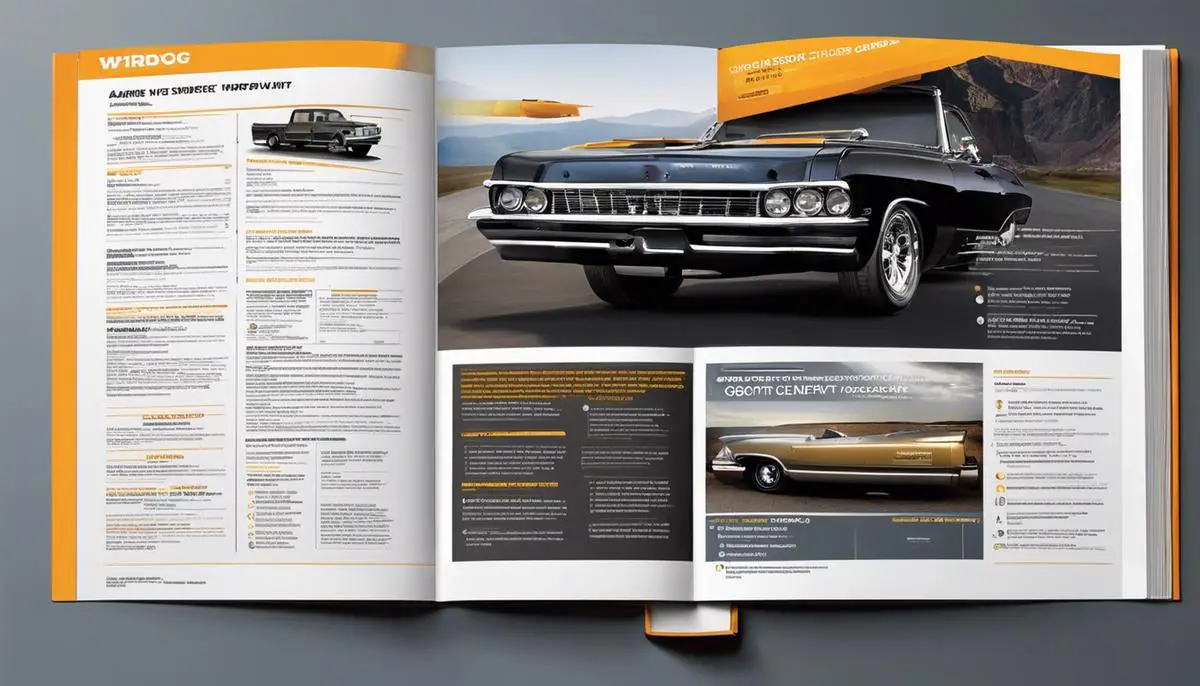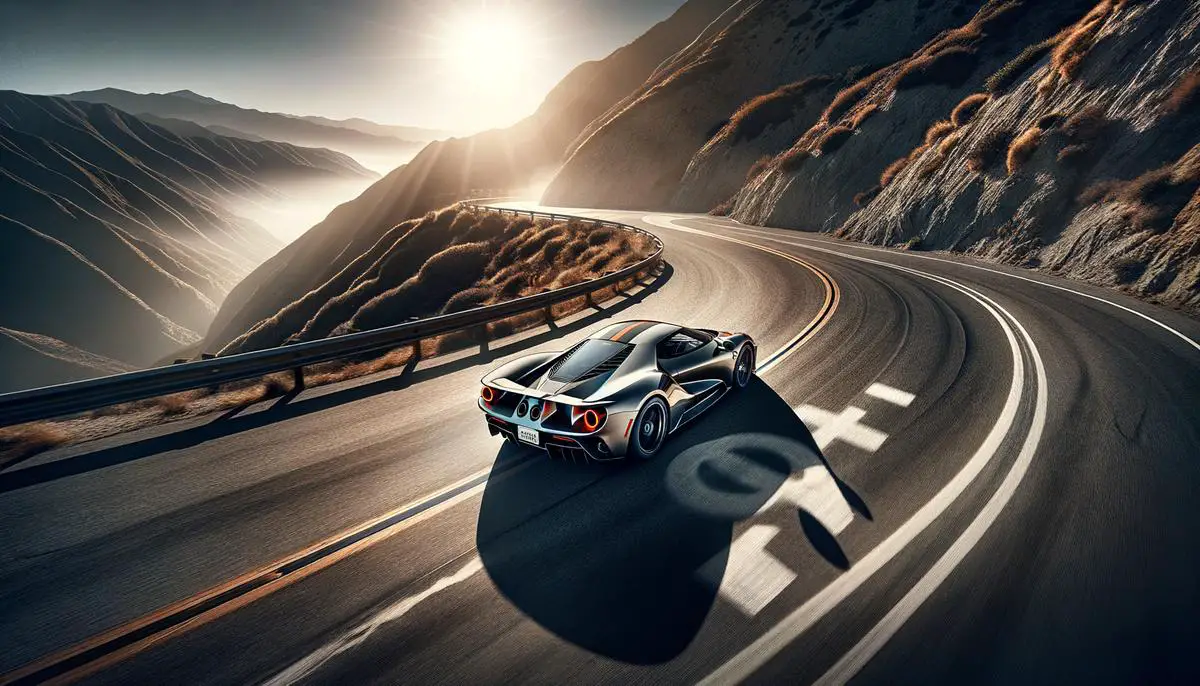When it comes to car stability, every fraction of an inch counts. The wheelbase and tract width are integral aspects of a vehicle’s design that significantly influences its stability and performance. By understanding what wheelbase and track width mean and their crucial role in a car’s dynamic, we can appreciate and critically analyze the ever-evolving world of automotive design. Throughout this piece, we will delve into the science and art behind wheelbase and track width considerations, examining real-world examples and exploring how enthusiasts can strike balance between these two elements for an ideal stability.
Contents
Understanding Wheelbase and Track Width
When getting started in the fascinating world of vehicle design and mechanics, there are a lot of new terms to learn. Two very important concepts that heavily influence a vehicle’s handling and stability are “Wheelbase” and “Track Width.” These may sound complex, but they’re actually pretty straightforward.
Starting with wheelbase, this essentially refers to the distance between the front and rear wheels of a vehicle. Put even more simply, it’s the line from the middle of the front wheel to the middle of the rear wheel on the same side of a vehicle. Whether it’s a fiery sports car or a hefty truck, every vehicle has a wheelbase.
Why is it important? A lot depends on the length of the wheelbase. For instance, cars with a longer wheelbase provide better high-speed stability and smoother rides. However, a longer wheelbase does have its drawbacks, like reduced maneuverability in tight turns. Meanwhile, a shorter wheelbase gives you more responsive steering and increased maneuverability, ideal for compact cars and off-roading.
Next up, track width — also known as axle track — is the distance measured across the wheels from the left wheel to the right wheel. This is not the width of the vehicle itself but the measurement from the center of the tire tread on one side to the center on the other side.
So how does track width affect handling? Well, a broader track width provides better lateral stability, making a vehicle more resistant to rollovers. Just visualize how a wider base provides more balance. This is why sports cars often have wider tracks for better stability at high speeds and during sharp turns.
But remember, wider isn’t always better. Having a track width too wide for the vehicle’s design can bog down handling and turning ability due to increased steering effort. It’s all about striking a balance.
In vehicle design, the right combination of wheelbase and track width is essential to create a vehicle’s “footprint.” The footprint directly influences the vehicle’s handling, stability, and ride comfort. So, it’s crucial that these features align with the purpose and design of the vehicle, whether it’s a rugged off-road beast, a nimble city car, or a speedy track machine.
So, next time you’re discussing vehicle design or simply eyeing up your dream car, remembering the concepts of wheelbase and track width can help you better appreciate the careful balance of design considerations that go into creating a vehicle that’s not only eye-catching, but also a joy to drive.
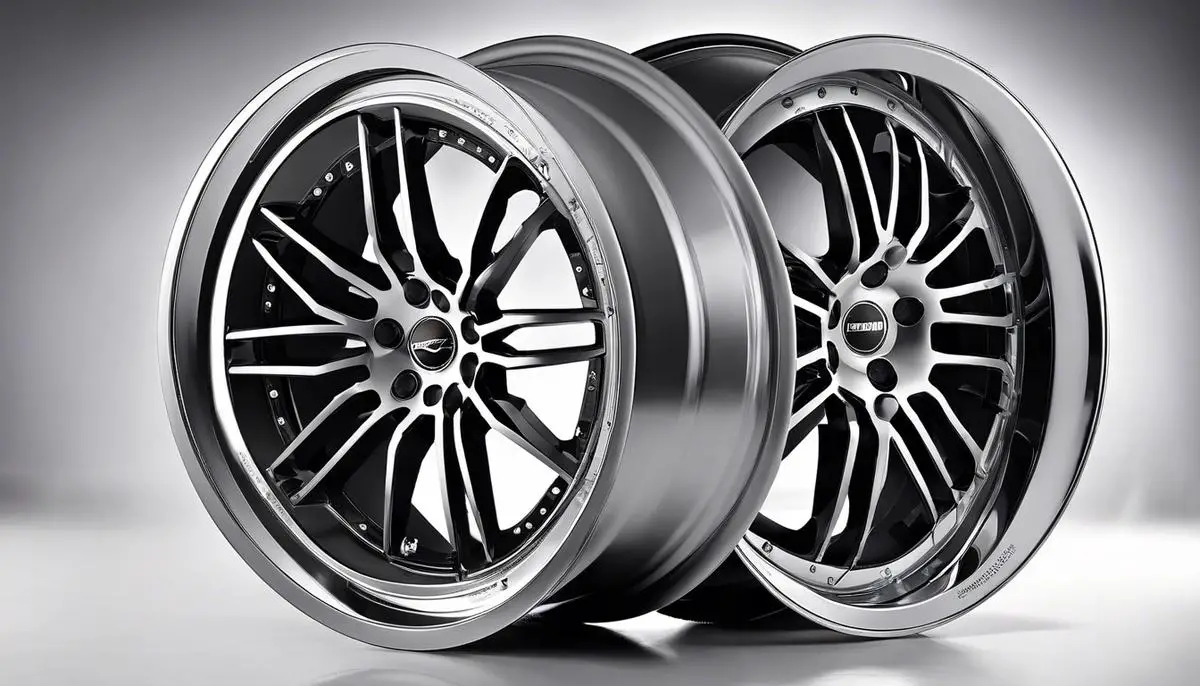
The Impact of Wheelbase and Track Width on Stability
Delving Deeper: Wheelbase, Track Width, and Vehicle Stability
Building on our understanding of the wheelbase and track width’s role in vehicle stability, let’s delve a bit deeper. As we’ve defined in our previous discussion, wheelbase and track width greatly influence a vehicle’s stability, maneuverability, comfort, and resistance to rollovers. Let’s further explore some of these aspects.
When we talk about vehicle footprint – that imaginary rectangle drawn around the four tires when viewed from above – the wheelbase and track width are significant players. But, there’s more to this story.
Firstly, it’s vital to mention that the interplay between wheelbase and track width isn’t just about how big that rectangle is, but also its shape. A longer, narrower footprint generally favors high-speed straight-line stability, while a shorter, wider footprint promotes agility and quick cornering. Motorbikes and dragsters, with their extreme long, slender “footprints,” exemplify the former, while sports cars epitomize the latter.
However, neither a long/narrow nor short/wide footprint is intrinsically “better”. Each has its place, depending on the vehicle’s design and purpose.
Secondly, the weight distribution over this footprint also plays an essential role in vehicle stability. Consider a double-decker bus. Despite having an ample wheelbase and track width, it can be quite unstable due to its high center of gravity. In contrast, a sports car, even with a comparatively smaller footprint, can achieve better stability due to a lower center of gravity.
Nevertheless, wheelbase and track width aren’t the end-all-be-all of vehicle stability. Other vehicle design elements, such as suspension design and geometry, tire size and composition, vehicle weight, and the driver’s skill, often prove equally, if not more, essential.
Foremost among these is the role of suspension design and tuning. While wheelbase and track width provide the broad outline, the suspension fills in the finer details, helping to adjust the vehicle’s behavior over different road conditions and driving styles.
In addition, the vehicle weight and its distribution over the footprint also drastically influence stability. That’s why mid-engined cars, despite having a “neutral” weight distribution, can sometimes be more challenging to drive at the limit than their front-engined counterparts.
Finally, let’s not forget about the human factor: the driver. A skilled driver can often compensate for physical shortcomings in the vehicle’s design, making a better judgment on when and how much to brake, steer, or accelerate.
In conclusion, while wheelbase and track width form the backbone of vehicle stability and maneuverability, they don’t work in isolation. Balance is key in vehicular design, with each aspect, from the wheelbase, track width, weight, suspension geometry to driver skill, playing its role in maintaining or upsetting that delicate equilibrium. So the next time we sit behind the wheel, remember, we are cruising over the careful balance of multiple factors integrated into a machine’s design.
And it’s on this note that we end today’s discussion. Surely, we’ll continue exploring these fascinating aspects of cars in our future chats. Till then, happy motoring!

Real-World Examples of Wheelbase and Track Width Considerations
In the mosaic of vehicle design, wheelbase and track width are essential elements, but they are also part of a broader picture that includes suspension, vehicle weight distribution, and even the driver’s role. Moving forward, let’s deepen our understanding of these other factors and how they interplay with wheelbase and track width.
Vehicle suspension is an intriguing aspect of design that can modify the behavior of a car, regardless of its wheelbase and track width. A softer suspension can make a car more comfortable by absorbing bumps and irregularities in the road, while a stiffer suspension can provide better handling and stability, particularly at high speeds and during cornering. Moreover, the suspension geometry can also influence the effective track width, especially during body roll in turns, which further emphasizes the intricate interconnection between these aspects.
Another equally crucial factor is the weight of the vehicle and its distribution. As general rule of thumb, a lower weight means quicker acceleration and more efficient braking. But, it’s not just about the overall weight but also how it’s distributed across the vehicle. A balanced distribution, often referred to as 50/50, provides the best handling characteristics since it assists in maintaining stability during accelerations, decelerations, and turns. The center of gravity’s height also plays a significant role here. A lower center makes a vehicle more stable, while a higher one could make it prone to body roll and even rollovers.
Speaking of the center of gravity, it’s directly influenced by a car’s footprint, defined by its track width and wheelbase. A larger footprint usually means better stability, but not necessarily better maneuverability. So, again, it’s all about how designers incorporate these parameters into the overall plan.
But no car design can compensate for all situations, and sometimes the driver is the variable that can make or break the overall performance. Knowing how to manage understeer and oversteer, understanding the vehicle’s behavior on different road conditions, and being aware of the vehicle’s limitations and how to compensate for them are some of the skills every automotive enthusiast needs.
Finally, remember that cars are an expression of balance and integration, where multiple factors come together to form a unified design. The wheelbase and track width are important components, as are suspension setup, weight and its distribution, the driver’s skills, and many other elements.
Understanding these complex relationships is not only crucial to those designing and engineering vehicles, but it also brings a higher level of enjoyment and appreciation to anyone who enjoys the art and science of the automotive world. Just like a symphony depends on each instrument playing correctly, a car depends on each component integrating seamlessly. Every aspect has a role to play, with wheelbase and track width being no exception. As we explore our passion for cars, we’ll continue to uncover more about the intricate art of automotive design. So, stay tuned, and let’s keep exploring this wonderful world together!

Photo by dhivakrishna on Unsplash
The Art of Balancing Wheelbase and Track Width
Let’s dive deeper into the fascinating world of car building and find more about how to balance and adjust the wheelbase and track width for optimum stability.
Adjusting the wheelbase and track width isn’t only about tweaking a few numbers. It’s an intricate process that car builders go through to ensure that the vehicle performs at its best. When adjusting these parameters, they pay detailed attention to factors such as the vehicle’s purpose, its intended handling characteristics, and the types and conditions of the roads it will travel on.
Before diving into the adjustment process, it is notable that the weight of the vehicle plays an integral part in its overall stability. Proper weight distribution across the wheelbase and track width is crucial. If the weight is more towards one side or one end of the car, it increases the chances of tipping or spinning out, especially at high speeds or when cornering. For this reason, car builders pay close attention to whereto various components are installed to ensure optimum weight distribution.
Just as significant is the vehicle’s center of gravity. Lowering the center of gravity tends to increase stability as the weight is closer to the ground, this reduces the chances of tipping over. Car builders can manipulate this by adjusting the height or position of heavy components in the vehicle.
As we delve deeper, it’s worth discussing the suspension design. Ideally, the suspension system should be designed to accommodate changes in wheelbase or track width while maintaining proper alignment. For example, features like an independent suspension system allow each wheel to move without affecting the others, bettering handling over rough surfaces. But such a system must be expertly tuned to ensure it doesn’t negatively impact the vehicle’s performance.
Adjusting the track width is another delicate mission, achieved by modifying the suspension geometry. Using longer or shorter suspension arms, for instance, can help in increasing or decreasing the track width respectively. However, it shouldn’t be done excessively as it might lead to undesirable wheel angles, affecting how the tire contacts the road and eventually how the vehicle drives.
Finally, every vehicle on the road is as good as its driver. Even with the best design and optimal wheelbase and track width, a car’s performance heavily lies in the driver’s understanding of the vehicle. Skilled drivers adapt to the vehicle’s characteristics, potentially compensating for any design shortcomings.
The art of car building, therefore, is more than just about wheelbases and track widths. It’s about understanding how all these factors synergize to contribute to the overall performance and safety of the vehicle. It’s a perfect blend of automotive design and engineering, producing machines that offer unparalleled performance and a memorable driving experience. In the hands of a skilled driver, these machines transform from mere objects of transportation to tokens of engineering marvel and technological prowess. And that’s the true beauty of car building!
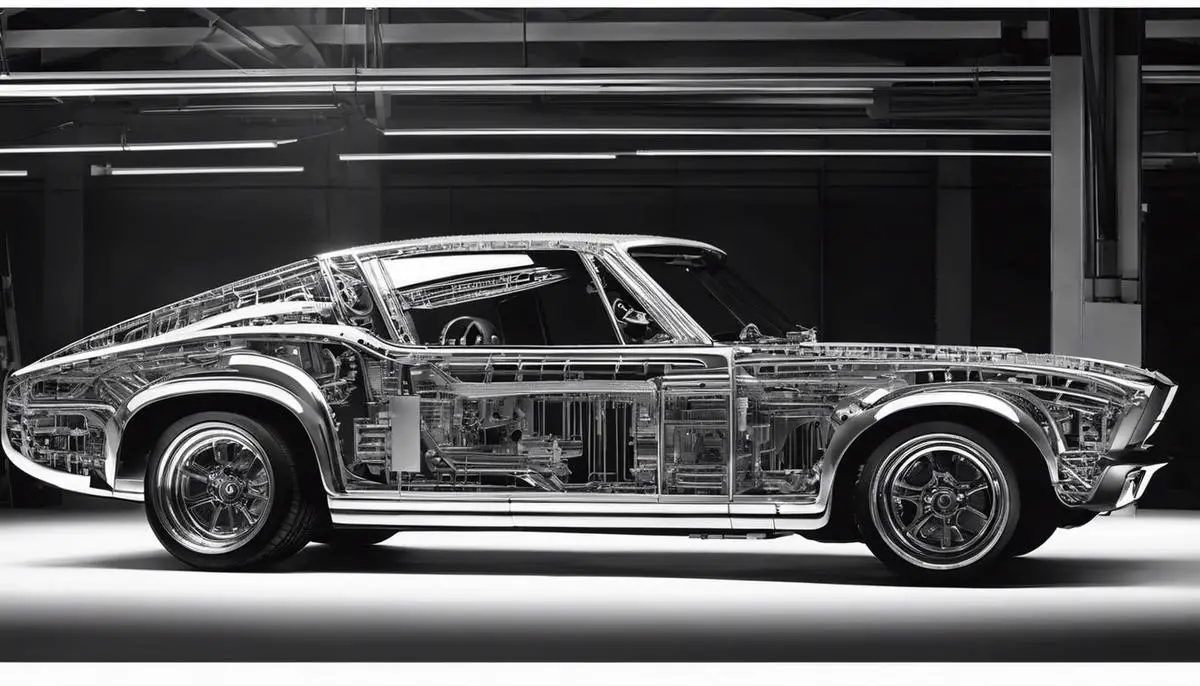
Understanding the effects of wheelbase and track width on car stability is more than just a venture into the niche field of automobile design. It is a deep dive into our everyday lives – the cars we drive, the safety we rely on, and the technology that propels us forward. We have explored in depth how these elements interact and shape the performance of a vehicle while also addressing how hobbyists can make informed adjustments to achieve their desired balance. The world of automotive design is fascinating, and the arguments advanced in these pages only serve to underscore how every detail, every measurement, has the potential to influence the whole in profound ways. Let’s keep exploring, enjoying, and appreciating the wonders of the automobile world.
